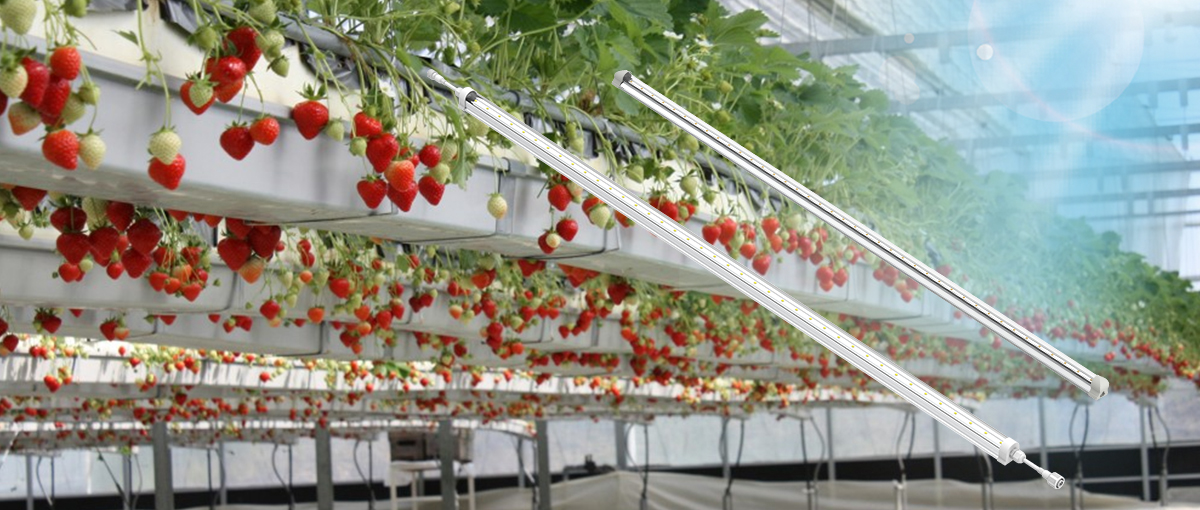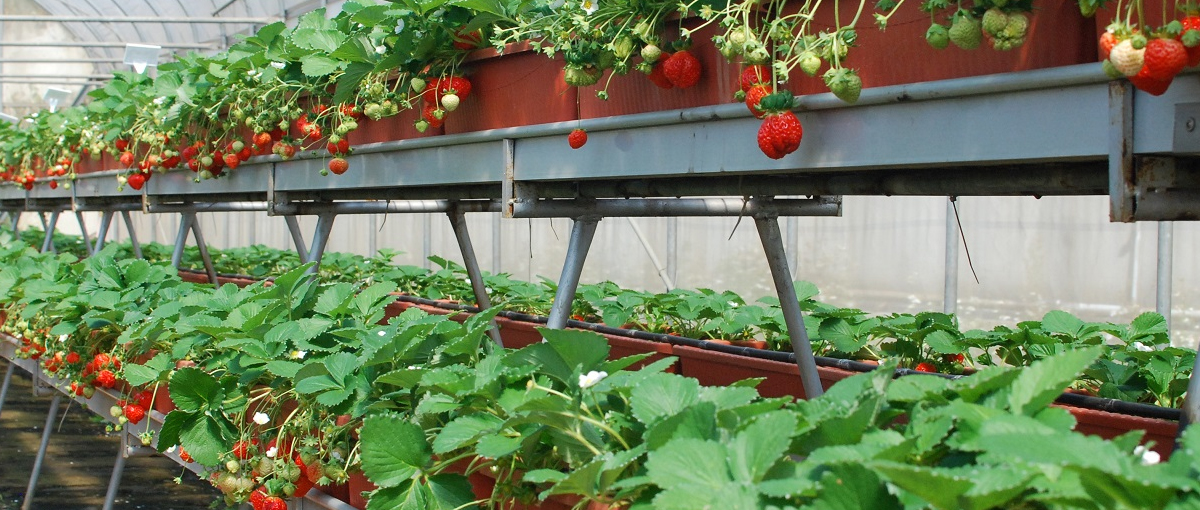Have you noticed those large and sweet strawberries often found in the market?
How are those strawberries grown?
They are not grown outdoors by simply scattering seeds. It's evident that these big and sweet strawberries can only be cultivated with meticulous care indoors.
Now, let's explore 10 common questions about indoor strawberry cultivation!
What are the special advantages of indoor strawberry cultivation?
Absolutely! Firstly, indoor cultivation allows you to enjoy fresh strawberries all year round, regardless of the season.
Secondly, the indoor environment effectively protects against external pests and extreme weather, reducing the need for pesticides and ensuring healthier and safer fruits.
How do I choose the suitable strawberry varieties for indoor cultivation?
While there are many strawberry varieties available, not all are suitable for indoor cultivation. Generally, varieties with strong adaptability and short maturity periods are more suitable for indoor environments.
For example, "Everbearing Strawberries" are an excellent choice as they can flower and produce fruit throughout the year. Additionally, "Alpine" varieties are popular due to their small size and sweet flavor.
What preparations are needed for strawberry cultivation?
Firstly, you need to prepare suitable containers with good drainage systems. Next, choose soil rich in organic matter, as it is crucial for strawberry growth.
Consider lighting as well. If natural light is insufficient, you may need additional plant grow lights to provide supplementary illumination.
What are the lighting and temperature requirements for indoor strawberries?
Strawberries require sufficient light for photosynthesis, ideally receiving at least 8 hours of light per day. If you live in an area with limited sunlight, you can use LED grow lights to supplement the lighting.
How many grow lights does your plant need?
How far should LED grow lights be hung from the plants?
How to use LED grow lights for indoor plant cultivation?
How to correctly install your LED grow lights?
As for temperature, strawberries prefer a cool to warm environment, with daytime temperatures ranging from 18°C to 24°C and nighttime temperatures not dropping below 10°C.

What is the correct method for watering and fertilizing?
Strawberries do not thrive in overly moist soil, so ensure the soil surface is dry before watering to avoid waterlogging.
For fertilization, you can use liquid compound fertilizers every two weeks during the growing season to promote healthy strawberry growth. Be cautious not to over-fertilize and risk root burn.
How can I ensure the healthy growth of indoor strawberries?
In addition to proper watering, fertilizing, and lighting management, regular inspections for pests and diseases are crucial. If any issues are detected, immediate measures should be taken.
Furthermore, timely pruning can help improve ventilation and light penetration, reducing the occurrence of diseases.

What should be the spacing between strawberry plants?
For indoor cultivation, it is recommended to maintain a spacing of 15 to 20 centimeters between strawberry plants to ensure sufficient space for growth and ventilation.
Why do strawberry leaves turn yellow?
Yellowing leaves can be caused by excessive or insufficient moisture, nutrient deficiencies, root diseases, or insufficient light exposure.
Can I water indoor strawberries with tap water?
Yes, you can, but it's best to let tap water sit for a while to allow the chlorine to dissipate before using it for watering, to avoid potential harm to the plants.
After harvesting, how should I handle strawberries?
It's advisable not to wash harvested strawberries immediately, as moisture can accelerate their decay. Instead, place them in a ventilated container and store them in the refrigerator's crisper drawer, where they can stay fresh for 2 to 3 days. Rinse them thoroughly with water before consumption.
If you would like to learn more about cultivation techniques or inquire about plant grow lights, feel free to click on the chatbox below to contact us.























